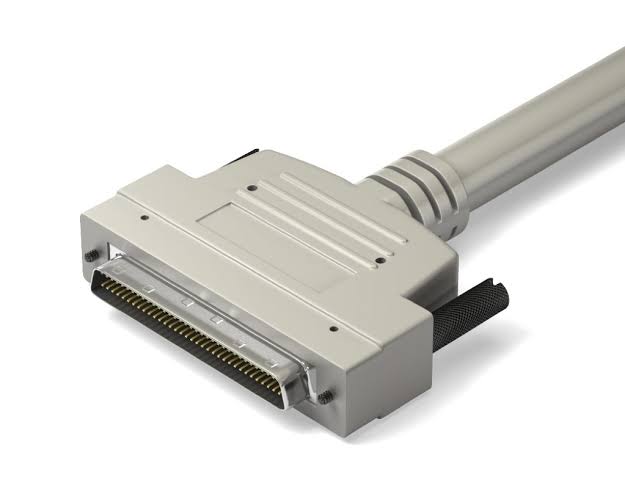Small Computer System Interface (SCSI) is a technology that was developed in the late 1970s to provide a standardized interface for connecting peripheral devices to computers. It was widely used in the 1980s and 1990s for connecting hard drives, tape drives, scanners, and other devices to personal computers, workstations, and servers. Although SCSI has largely been replaced by newer technologies such as USB, SATA, and NVMe, it remains an important part of computer history and its legacy can still be seen in modern computing.
The Origins of SCSI
The development of SCSI can be traced back to the mid-1970s, when the first microcomputers were being developed. At the time, there was no standard way to connect peripherals such as disk drives to these computers, and each manufacturer used its own proprietary interface. This made it difficult for users to mix and match components from different manufacturers, and it also made it difficult for software developers to write programs that could work with different types of hardware.
In 1979, a group of engineers from Shugart Associates, the company that developed the floppy disk drive, began work on a new interface that would be more standardized and flexible than existing interfaces. They called it the Shugart Associates System Interface, or SASI. SASI was designed to be a low-level interface that could be used with a variety of devices, including hard drives, tape drives, and printers.
The Birth of SCSI
In the early 1980s, the SASI interface was adopted by the American National Standards Institute (ANSI) and was renamed the Small Computer System Interface, or SCSI. SCSI was designed to be a high-level interface that could be used with a wide range of devices, including those that used different physical interfaces such as parallel, serial, or fiber optic.
The first SCSI standard, SCSI-1, was released in 1986. It specified a 50-pin connector and a data transfer rate of 5 megabytes per second. SCSI-1 was quickly adopted by computer manufacturers and peripheral manufacturers, and it became the de facto standard for connecting hard drives, tape drives, scanners, and other devices to personal computers, workstations, and servers.

Over the years, SCSI was updated with new standards that increased the data transfer rate and added new features such as hot-swapping, which allows devices to be added or removed without shutting down the system. SCSI-2, released in 1994, increased the data transfer rate to 10 megabytes per second and added support for multiple devices on a single bus. SCSI-3, released in 1999, increased the data transfer rate to 40 megabytes per second and added support for even more devices and features.
The Decline of SCSI
Despite its widespread adoption in the 1980s and 1990s, SCSI began to decline in the 2000s as newer technologies such as USB, SATA, and NVMe became more prevalent. These new technologies offered higher data transfer rates, simpler connections, and lower costs than SCSI. As a result, SCSI became less popular in new computer systems, although it remained in use in some legacy systems and high-end applications.
SCSI was an important technology in the development of modern computing. It provided a standardized interface for connecting peripheral devices to computers, and it was widely used in personal computers, workstations, and servers for many years. Although SCSI has largely been replaced by newer technologies, its legacy can still be seen in modern computing, and it remains an important part of computer history.
